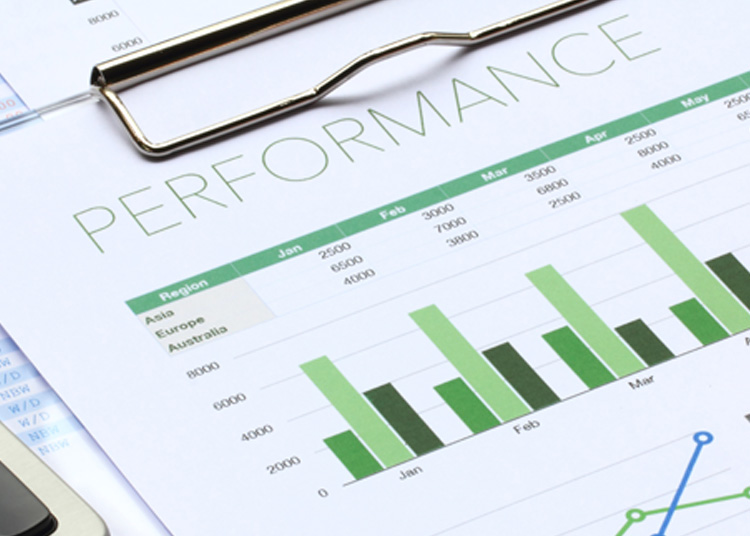Master your business finances with five essential tools: Personal Financial Template, Cashflow Statement, Balance Sheet Template, P&L Statement, and Financial Projection Statement—your keys to informed, strategic decision-making. If you don’t know these financial tools—learn them. They are the core of your business, and you need to know these things to succeed.
1. Personal Financial Template
2. Cashflow Statement
3. Balance Sheet Template
4. P&L statement
5. Financial Projection Statement
Managing finances can be a challenge for any business owner, with common issues like unpredictable cash flow, unclear financial status, and future uncertainty often causing stress. However, with the right financial tools, these challenges become manageable and even opportunities for growth.
These five financial tools are essential for any business because they provide a comprehensive view of your financial health, help you make informed decisions, and ensure long-term sustainability. Here’s why each is important and how to approach creating them:
Here’s how you can strengthen your business’s financial foundation:
1. Personal Financial Template
Keeping your personal finances in order helps you avoid stress and maintain a clear view of your overall financial health, enabling better decision-making for your business.
This is a document that help you track your income, expenses, and overall financial health.
Importance: Your personal finances directly impact your business decisions. If your personal finances are unstable, it can create stress and distract you from focusing on your business.
Look at these financial indicators:
• Income vs. Expenses: Tracking personal cash inflows and outflows.
• Savings and Investments: Monitoring your savings, investments, and their growth over time.
• Debt Management: Keeping an eye on loans, credit card balances, and other liabilities.
Approach: Start by listing all your income sources and monthly expenses. Track savings, investments, and debts. Use a simple spreadsheet to categorize and calculate totals, providing a clear overview of your financial situation.
Download a sample personal financial template here.
2. Cash Flow Statement
Cash flow problems are a leading cause of business failure. A cash flow statement gives you a clear picture of your financial inflows and outflows, helping you manage funds more effectively and avoid unexpected shortfalls.
This is a financial report that shows the inflows and outflows of cash within a company over a specific period.
Importance: Cash flow is the lifeblood of your business. Without a clear understanding of where your money is coming from and where it’s going, you risk running out of cash, even if your business is profitable on paper.
Look at these financial indicators:
• Operating Cash Flow: Cash generated from core business activities.
• Investing Cash Flow: Cash spent on or received from investments in assets, equipment, etc.
• Financing Cash Flow: Cash flows from financing activities like loans, dividends, or equity.
Approach: Gather data on all cash inflows (sales, loans, etc.) and outflows (rent, salaries, etc.). Organize these into operating, investing, and financing activities. This can be done using accounting software or a spreadsheet.
Download a cashflow statement example here.
3. Balance Sheet Template
Many business owners don’t have a clear view of their financial standing. A balance sheet offers a snapshot of your assets and liabilities, empowering you to make informed strategic decisions.
This is a summary of a company’s assets, liabilities, and equity at a given point in time, showing its financial position.
Importance: The balance sheet provides a snapshot of your business’s financial position at a specific point in time, showing what you own (assets) and what you owe (liabilities), as well as the equity held by the owners.
Look at these financial indicators:
• Assets: What your business owns (cash, inventory, property).
• Liabilities: What your business owes (debts, accounts payable).
• Equity: The owner’s interest in the business (assets minus liabilities).
Approach: List your business’s assets (cash, inventory, equipment) and liabilities (loans, accounts payable). Calculate equity as the difference between assets and liabilities. This document should be updated regularly, typically quarterly or annually.
Download a Balance Sheet Template example here.
4. Profit and Loss (P&L) Statement
Simply tracking sales isn’t enough. A P&L statement shows you whether your business is truly profitable, helping you focus on what’s working and address areas that need improvement.
This is a statement that details a company’s revenues, costs, and profits over a period to evaluate financial performance.
Importance: The P&L statement shows your business’s profitability over a specific period. It’s crucial for understanding whether your business is making money or losing it, helping you identify areas where you can cut costs or increase revenue.
Look at these financial indicators:
• Revenue: Total income from sales or services.
• Cost of Goods Sold (COGS): Direct costs attributable to the production of the goods sold.
• Net Profit: The bottom line—profit after all expenses are deducted from revenue.
Approach: Compile all revenue streams and subtract the cost of goods sold (COGS) to find gross profit. Then, subtract operating expenses, interest, and taxes to determine net profit. This statement is usually prepared monthly or quarterly.
Download a Profit and Loss (P&L) example here.
5. Financial Projection Statement
The future can be uncertain, but a financial projection statement allows you to plan ahead. By forecasting future income and expenses, you can better prepare for growth and avoid potential pitfalls.
By implementing these financial tools, you can turn potential financial headaches into a clear path toward business success.
This is a forecast of future revenues, expenses, and financial outcomes based on current and expected data.
Importance: A financial projection statement helps you plan for the future by forecasting your business’s income, expenses, and cash flow. It’s essential for making strategic decisions, securing financing, and preparing for growth.
Look at these financial indicators:
• Projected Revenue: Expected income based on future sales forecasts.
• Projected Expenses: Anticipated costs, including fixed and variable expenses.
• Cash Flow Forecast: Expected future cash inflows and outflows to ensure liquidity.
Approach: Base your projections on historical data, market trends, and growth plans. Include projected income, expenses, and cash flow for the next 12 months or more. Adjust your projections regularly as new data becomes available.
Download a Financial Projection Statement example here.
Conclusion
By adopting these financial tools, you can transform financial challenges into opportunities for business success.
It may be challenging at first, but you need to really master these financial tools. Understanding them is essential to becoming a better entrepreneur. These are the core elements of running a successful business, and learning them will significantly improve your ability to make informed decisions and grow your business.
Or you can download all these financial documents in one go here.






